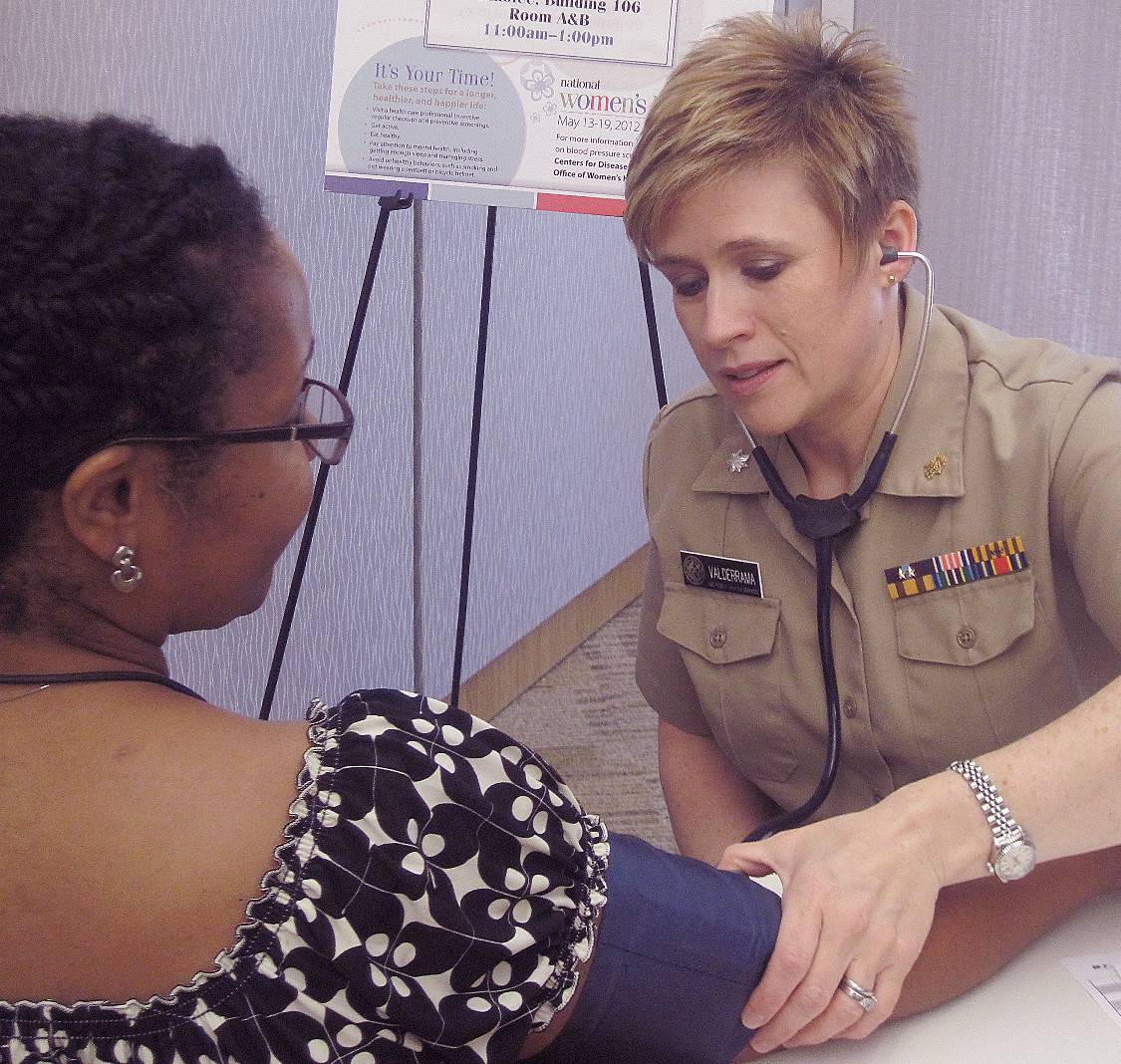Hypertension in the United States
Posted on byHypertension is a major risk factor for cardiovascular disease, and lowering blood pressure to normal levels has been shown to decrease the incidences of stroke, heart attack, and heart failure. Hypertension was the 13th leading cause of death in the United States in 2018, responsible for nearly 36,000 deaths nationwide. That number has more than doubled since 1999. Death rates from hypertension have increased over 43% in that time. In four states plus D.C., hypertension was the 10th leading cause of death in 2018, and in three states – New York, California and Nebraska – hypertension was the 9th leading cause of death.

There are also major disparities along race/ethnic lines related to hypertension. Death rates from hypertension are twice as high for the non-Hispanic black population as they are for the Hispanic or white population. Other data, captured in a report issued by NCHS this week, shows that the percentage of visits to doctors offices, in which hypertension was diagnosed, is much greater among non-Hispanic black adults than other groups. In over 47% of doctor visits by non-Hispanic black adults there was documented hypertension, compared with approximately 35% of visits for both non-Hispanic white adults and Hispanic adults.
In 2017, the American College of Cardiology and the American Heart Association issued an updated definition of hypertension, lowering the previous threshold levels of 140 over 90 millimetres of mercury to 130 over 80 mmHg. As a result of this change, a greater percentage of people in the U.S. are now categorized as having hypertension. The 2017-2018 National Health and Nutrition Examination Survey (NHANES) documented that over 45% of adults have hypertension, according to the new lower threshold. Over half of men and about 40% of women have hypertension, according to NHANES.
The new definition does not change the disparities along race/ethnic lines – 57% of non-Hispanic black adults have hypertension, according to the new lower threshold, compared with approximately 44% of Hispanic or white adults. Overall, the trend in hypertension prevalence has been shifting: Two decades ago, in 1999-2000, 47% of adults had hypertension. That percentage declined to less than 42% in 2013-2014 – but has increased since that time. And now, there is an even greater urgency to keep hypertension under control, as 2020 provisional data through October show that hypertension contributed to more than one-fifth of all COVID-19 deaths in the U.S.
SOURCE: NCHS Statcast “Hypertension in the United States”, November 13, 2020
Posted on by

